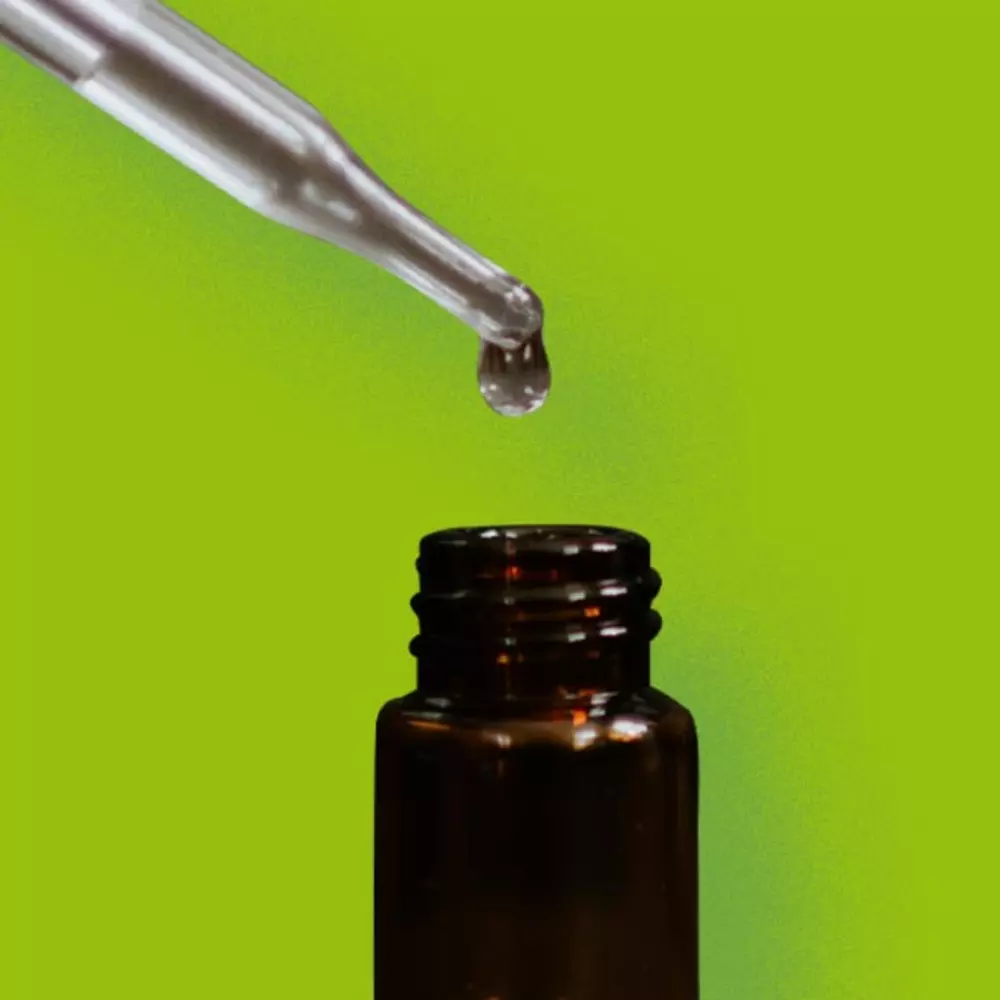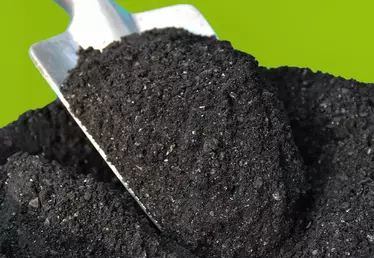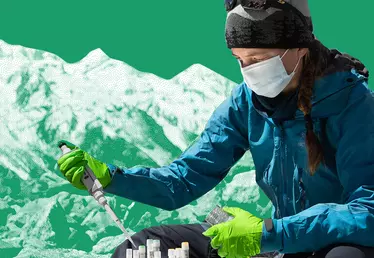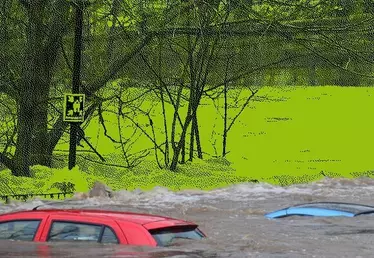

Hero banner custom title
What is the environmental impact of essential oils?
4 min
They have been used for generations, but the recent boom in popularity has given way to soaring demands and a wave of DIY aromatherapists… at the expense of nature.
Just 20-30 years ago, you’d be hard pressed to find essential oils for sale outside of a specialty shop or an open market vendor. “What was once used under the watchful eyes of a trained and certified aromatherapist has been popularized by multi-level marketing companies and has come roaring onto the scene,” says environmentalist and professor Dr. Anjanette DeCarlo. “These companies have changed how folks access it and use it.” Now, average consumers are adding it into diffusers, laundry detergent, cleaning products, bed linens, even ingesting it orally. Unfortunately, with that level of demand, comes a huge strain on supply.
Follow the value chain
Wildcrafted essential oil species that grow in forests, wetlands or at high elevation, are extremely vulnerable because they are either killed (sandalwood trees are cut down entirely) or harvested (frankincense tree bark is slashed to drain out sap) to obtain oils. Both methods, DeCarlo says, are major redflags and need to be monitored closely. “We have the tendency to go after the next big thing, the next health remedy,” she says. However, exploiting or over harvesting wildcrafted species opens them up to infection, insect attack and they can even become endangered. “This was the case with sandalwood trees before they were grown in plantations,” she says.
On the other hand, the industrial cultivation of essential oils brings on a different set of environmental consequences. A rose field is beautiful and smells good, but this kind of monoculture reduces biodiversity as well as the wild nature of the plant itself. “When plants are cultivated, it narrows the plant’s genome type and wild nature, meaning it might need chemical support to grow,” says DeCarlo. So on top of monoculture, we’re dealing with plants grown with synthetic fertilizers that kill natural microorganisms in the soil. The repercussions here can be disastrous for the planet. In the same way that humans need a healthy microbiome in our gut to digest food, soil needs the same to grow crops. Soil with a robust microbiome can also absorb and trap atmospheric carbon dioxide and bring about a net positive environmental impact. Over tilled, over fertilized soil, however, releases it back into the atmosphere.
50
It takes 50 petals to create a single drop of rose oil.
Farming is just the beginning of the essential oil value chain. “Companies often brag about the fact that it takes 50 petals to create a single drop of rose oil ౼ and I’m sitting here thinking, ‘wow, that’s a lot of plant matter,’” says DeCarlo. “Plant matter that needs to be shipped all over the world to distilleries and warehouses, which, in and of itself, generates a huge carbon footprint.”
Transparent, traceable sustainability
In the same way that consumers can source food responsibly, they can also look for responsibly produced essential oils ౼ that means supporting companies that promote regenerative farming and distilling at the source, buying locally grown and produced “small batch” oils (when possible), and, above all, shopping brands that provide real sustainability data. “Consumers need to deal with companies that demonstrate sustainability ౼ environmental reporting, certifications from appropriate bodies that address sustainability (ie FAIRWILD), biodynamic and organic certification ౼ and brands need to provide substantive information on where their ingredients come from, what their environmental impact is and how they are regenerating the plant base,” says DeCarlo.
This “proof” is often lost in a sea of greenwashing, according to DeCarlo. But cutting edge companies are revolutionizing how customers can get transparency. Pacha Soap Co. products, for example, feature a QR code, linking consumers to sourcing information. DeCarlo herself has a passion project, the Save Frankincense Initiative, which has been working in partnership with Somali and American organizations to blockchain the entire Frankincense value chain. This technology provides unprecedented traceability, showing where it was distilled, bottled, harvested ౼ right down to the exact tree it came from.
The post-consumer problem
We're just beginning to see the environmental impact of the boom in essential oils and some consequences are yet to be addressed ౼ particularly the post-consumer ramifications. “We tell people not to throw medications down the toilet because they get back into our waterways; but we have not taken a step back to think about the environmental impact of releasing essential oils back into the environment,” says DeCarlo. That is to say, the impact of unused essential oils or traces contained in soaps, laundry detergents and other such products once washed down the drain. “It’s a valid concern and something that needs to be addressed.”











